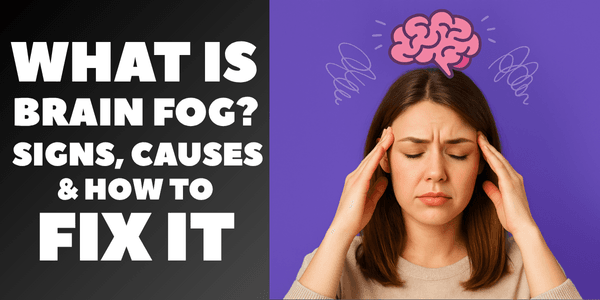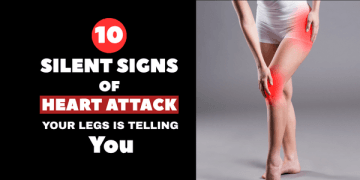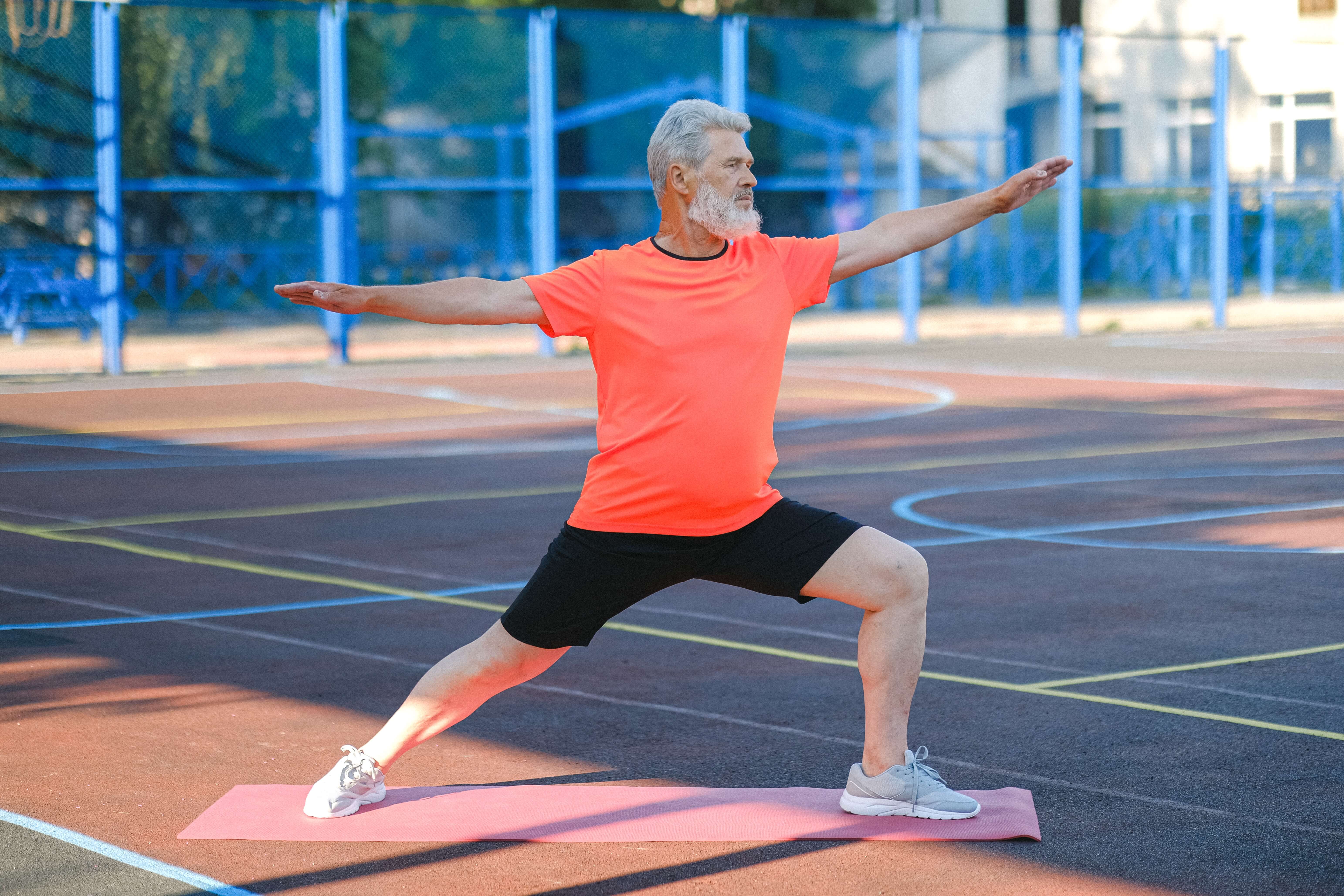Last Updated on July 12, 2025 by Lauretta Iyamu, PharmD
You hit a weight loss plateau.
It feels like all your hard work stopped working.
You're doing everything right, but the scale won't move. This is a common and frustrating moment.
This is not a sign of failure.
It's actually a sign of progress.
Your body is smart and has adapted to your new, lighter self. This is a checkpoint, not a dead end. You just need to make a few smart changes to get moving again.
Understanding Why Your Weight Loss Stalled

Hitting a plateau happens to almost everyone.
You were making progress, feeling great, and then suddenly—nothing.
You are still putting in the work, so what happened?
You have not done anything wrong.
Your body just got used to your routine and adjusted to it.
The Science Behind the Stall
As you lose pounds, your body changes in big ways.
A smaller body needs less energy (calories) to get through the day.
The calorie deficit that worked before might now just be enough to maintain your current weight.
Your metabolism naturally slows down to match your new, lighter body.
Think of it as your body's survival instinct, not a personal flaw.
Your Body's Smart Adaptation
This slowdown is called adaptive thermogenesis.
It is your body’s smart way of saving energy when it senses you're eating less.
It becomes more efficient at everything it does, from breathing to exercising.
A slower metabolism is not the only thing happening.
For every kilogram of weight you lose, your daily calorie burn can drop by about 20 to 30 kcal.
Your appetite can also increase by about 100 kcal per day.
This biological one-two punch is why plateaus are so common.
So, what does this mean for you?
It means you need to shift your mindset.
Don't ask, "What am I doing wrong?" Instead, ask, "What can I do differently?"
Why a Weight Loss Plateau Happens
Here is a quick look at the main reasons your progress might have paused.
| Cause | What It Means for You |
|---|---|
| Metabolic Adaptation | Your body is smaller and more efficient, so it burns fewer calories. The old plan will not work forever. |
| Hormonal Shifts | Changes in hunger hormones can make you feel hungrier and slow your metabolism to save energy. |
| Muscle Loss | If you lost muscle with fat, your metabolism slows down because muscle burns more calories. |
| Habit Creep | A little extra dressing here, a shorter walk there. Small changes can add up and stop your progress. |
Once you know the likely cause, you can make targeted changes.
"Habit creep" is a big one for many people.
Those little bites can add up without you noticing. Being mindful of your portions is a great place to start. If you need some new ideas, our guide on easy meal prep recipes for weight loss can help.
Smart Diet Tweaks to Reignite Fat Loss
When the scale stops moving, your plate is your most powerful tool.
This is not about making huge, hard-to-follow cuts to your food.
It is about making smart shifts that get your body responding again.
Go Back to Basics and Retrack Your Intake
It is very easy for portion sizes to get bigger over time.
A tablespoon of dressing becomes a heavy pour.
These small additions can quietly erase your calorie deficit.
For one week, track everything you eat and drink.
Use a food scale and measuring cups.
This is not about judging yourself; it is about getting honest data. You need to see where extra calories are sneaking in.
Prioritize Protein to Protect Your Metabolism
Protein is your best friend during a weight loss plateau.
It helps protect the muscle that keeps your metabolism working hard.
When you lose weight, you can lose muscle, which slows your calorie burn.
Eating more protein helps you feel fuller for longer.
Your body also uses more energy to digest protein.
Try to include a quality protein source with every meal. For breakfast, think eggs or Greek yogurt. For lunch, try a salad with grilled chicken or a hearty lentil soup.
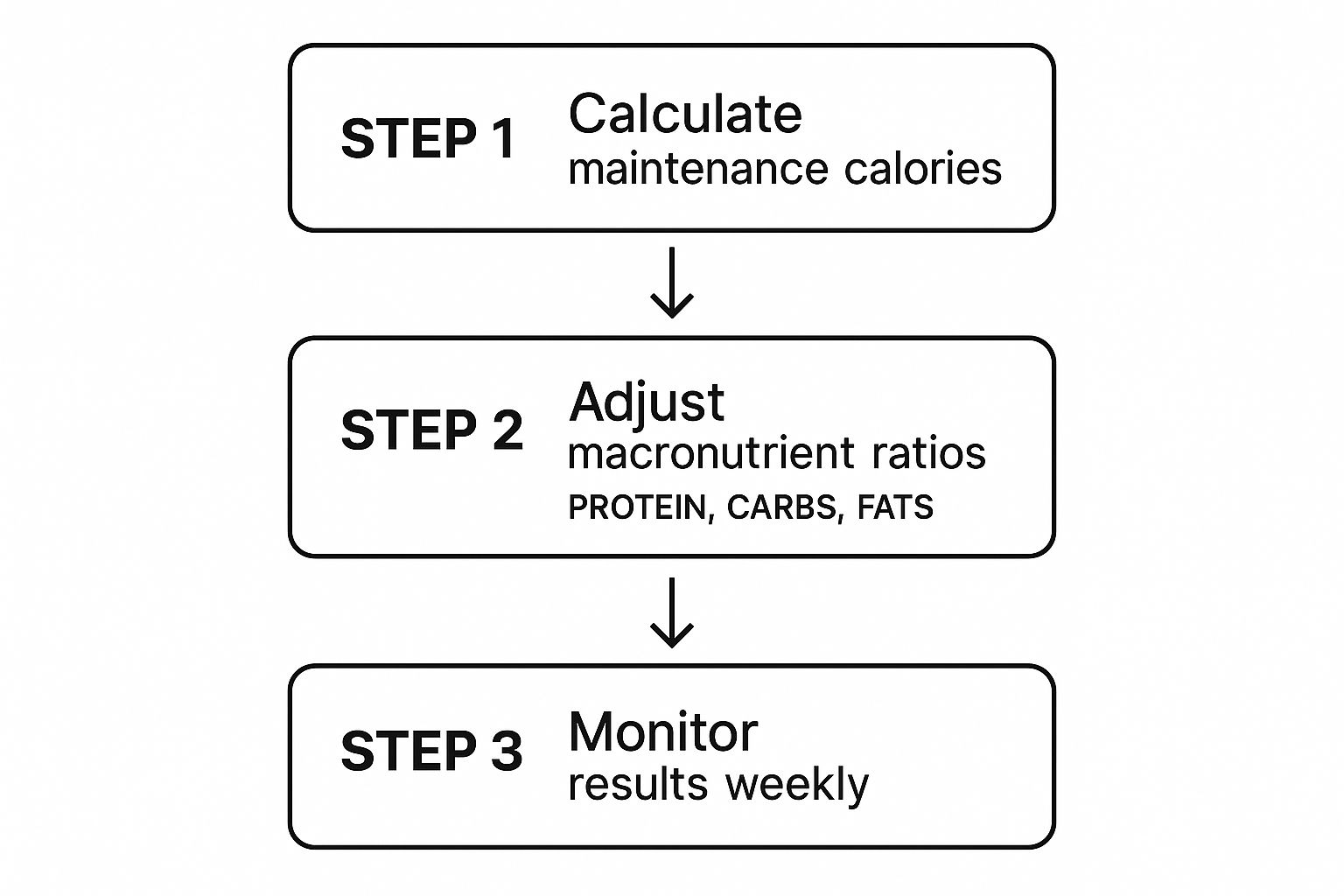
Increase Fiber from Whole Foods
Fiber is another great tool for feeling full.
It adds bulk to your meals without adding lots of calories.
Get your fiber from whole foods, not just powders.
Soluble fiber is in oats, beans, and apples.
Insoluble fiber is in whole grains and vegetables.
Load up your plate with non-starchy vegetables to boost your fiber. Certain drinks can also help. You can check out our guide on weight loss teas that go well with a healthy diet.
Introduce a Planned Diet Break
I know it sounds strange, but sometimes eating more helps you lose more.
A "diet break" means you eat at your maintenance calorie level for one to two weeks.
This is not a free-for-all binge.
It is a planned, controlled increase in calories, mostly from carbs.
This break gives your body a rest and can help reset important hormones.
Re-Energizing Your Workouts to Break Through
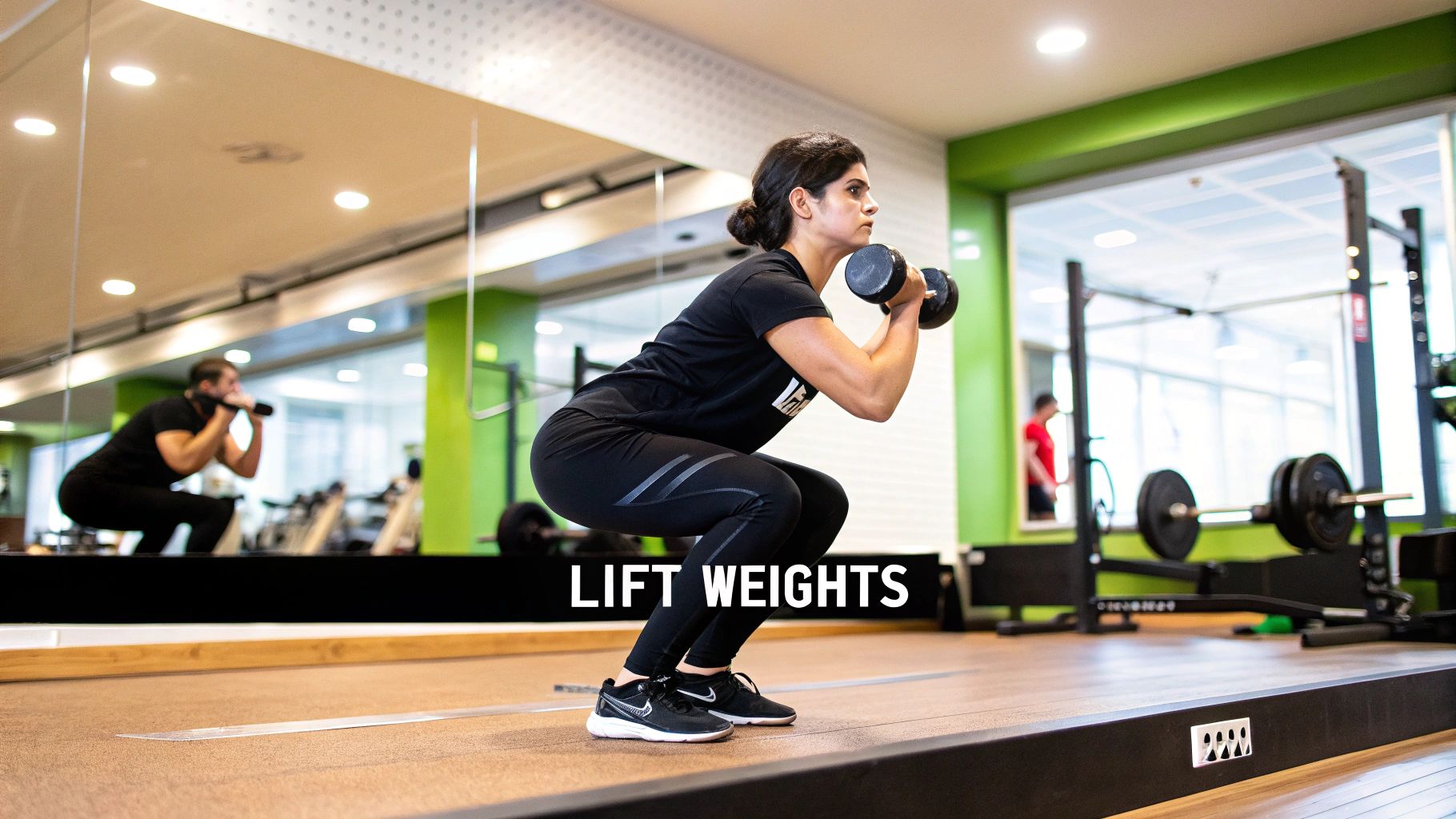
Your body is incredibly smart.
It gets used to your workouts.
The jog that was hard weeks ago is now easier and less effective for fat loss.
If the scale has stopped moving, it is time for a new challenge.
Why Strength Training is a Game-Changer
When people ask how to overcome a weight loss plateau, my first answer is often to lift weights.
Strength training is a game-changer for your metabolism.
Muscle burns more calories than fat, even when you are resting.
Adding resistance training helps you keep that muscle.
This keeps your body an efficient calorie-burning machine.
Your Strength Training Starting Point
You do not need to be a bodybuilder.
A simple, consistent routine is all you need.
- Focus on compound movements: Squats, lunges, and push-ups work multiple muscles at once.
- Aim for consistency: Try for 2-3 strength sessions per week on non-consecutive days.
- Progress slowly: Start with your bodyweight or light weights and gradually increase the challenge.
The goal is to build a stronger body.
A stronger body has a faster metabolism.
Embrace High-Intensity Interval Training (HIIT)
Another great strategy is High-Intensity Interval Training (HIIT).
This involves short bursts of all-out effort followed by brief recovery periods.
HIIT is very efficient.
A 20-minute HIIT session can burn more calories than a longer, steady workout.
It also creates an "afterburn" effect, so your metabolism stays high for hours.
How to Introduce HIIT into Your Routine
You can easily add HIIT to your current plan.
| Activity | How to Make It a HIIT Workout |
|---|---|
| Running/Walking | Sprint for 30 seconds, then walk for 60-90 seconds. Repeat for 15-20 minutes. |
| Cycling | Pedal fast for 45 seconds, then cruise slowly for 75 seconds. Repeat. |
| Bodyweight Exercises | Do 40 seconds of jumping jacks, then rest for 20 seconds. Repeat with other moves. |
The idea is to push your limits during the intense parts.
Adding one or two HIIT sessions a week can make a big difference.
The Power of Variety
The real secret to breaking a plateau is variety.
Your body adapts quickly, so you have to keep it guessing.
Try changing the order of your exercises or a new fitness class. For new ideas, check out our guide on 10 fat-burning moves that will help you lose weight.
Overcoming The Hidden Obstacles To Weight Loss
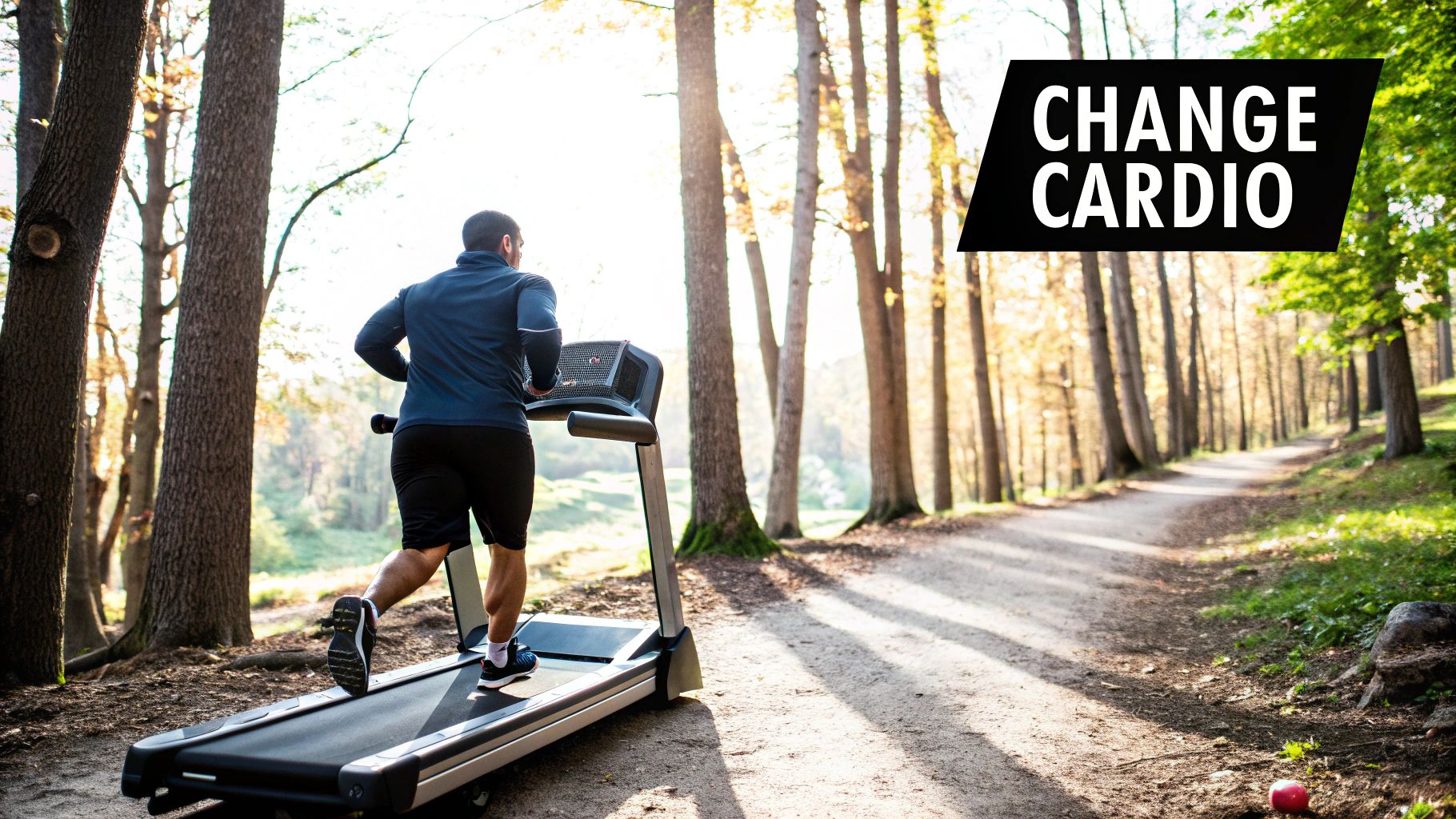
Sometimes, the reason your weight loss has stalled has nothing to do with diet or exercise.
The real culprits are often hidden habits.
Let's look beyond the plate to find the missing puzzle pieces.
The Critical Role Of Quality Sleep
Poor sleep is a big obstacle to losing weight.
When you do not get enough rest, your hormones get messed up.
You produce more ghrelin, the "I'm hungry" hormone.
You produce less leptin, the "I'm full" hormone.
This makes it hard to control your appetite.
Poor sleep also spikes cortisol, a stress hormone that tells your body to store fat. Getting good rest is so important; check out how to work on optimizing your circadian rhythm and sleep.
How To Manage Stress To Support Weight Loss
Just like bad sleep, chronic stress is a major roadblock.
When you're always stressed, your body is flooded with cortisol.
This can trigger cravings for high-calorie, sugary foods.
Stress also drains your motivation.
Find simple ways to manage your stress.
- Deep Breathing: Take five minutes for slow, deep breaths.
- Gentle Movement: A short walk outside can help clear your head.
- Mindful Moments: Try journaling or listening to calming music.
Why Hydration Is Key For Your Metabolism
This one is simple but very effective.
Drinking enough water is key to a healthy metabolism.
Every process in your body, including burning calories, needs water.
Even being a little dehydrated can slow your metabolism.
Drink water all day, not just when you feel thirsty.
Add a slice of lemon or some mint if you find plain water boring.
Celebrating Progress Beyond The Scale
When the scale won't move, it is easy to feel defeated.
This is the perfect time to focus on "non-scale victories."
These are all the positive changes that prove your hard work is paying off.
Tracking Your Non-Scale Victories
It's easy to forget these wins if you don't write them down.
Use a simple tracker like this to celebrate your progress.
| Victory Category | My Specific Win | Date |
|---|---|---|
| Clothing Fit | My favorite jeans feel looser. | |
| Energy Levels | I did not need a 3 PM coffee today. | |
| Fitness Gains | I held a plank for 10 seconds longer. | |
| Health Markers | My blood pressure was lower at my check-up. | |
| Mental Clarity | I feel less "brain fog" at work. |
Focusing on these wins builds a more positive mindset.
You start to see that a plateau is just a temporary pause.
Building a Resilient Mindset for Long-Term Success
When the scale is stuck, the battle is more mental than physical.
Your mindset holds your strategy together.
This is where you build the mental toughness to push through.
Reframe the Plateau as a Checkpoint
First, let's change how we talk about this.
A plateau is not a failure.
It is a normal checkpoint on your journey.
It is a sign your body has adapted to the positive changes you made.
Think of it as a chance to pause, check what's working, and make changes.
Patience and Consistency Over Perfection
When you want to know how to overcome a weight loss plateau, you might look for a quick fix.
Real victory comes from patience and consistency.
Lasting results are built on small, healthy habits.
Chasing perfection leads to burnout.
Focus on being consistent with your core habits every day.
Set Realistic Expectations for Your Journey
Weight loss is almost never a straight line down.
Your weight will naturally go up and down daily.
This is because of things like water retention and hormones.
Expecting a lower number every day is unrealistic.
Zoom out and look at the trend over weeks and months. A study found that people who hit plateaus can still achieve major weight loss. You can learn more about the study that says you don't have to lose to win.
Focus on Healthy Habits and Small Wins
When the scale is stuck, shift your focus.
Celebrate the healthy habits you have built.
Are you drinking more water? Eating more vegetables? These are the real wins.
If you struggle with vegetables, check our guide on how to lose 10 pounds even if you hate vegetables.
The Power of Self-Compassion
Finally, please be kind to yourself.
It is easy to get into negative self-talk.
This kind of thinking is destructive.
Practice self-compassion.
Acknowledge that you are doing your best.
Treat yourself with the same kindness you would give a friend.
Your Questions About Weight Loss Plateaus Answered
When you hit that wall, you will have questions.
Let's clear the air and answer some common ones.
How Long Does a Weight Loss Plateau Usually Last?
This is the big one.
A true plateau can last from three weeks to a couple of months.
If the scale has not moved for a month, it is your cue to switch things up.
Should I Drastically Cut My Calories?
In a word: no.
This is almost always a bad idea.
Slashing your calories can backfire.
Your metabolism might slow down even more.
You risk losing muscle and will likely feel tired and miserable.
Will a Cheat Meal Help Break a Plateau?
This depends on your mindset.
There is a big difference between a "cheat meal" and a planned "refeed meal."
A refeed is a strategic, controlled increase in calories to kick your metabolism.
An unplanned cheat meal can undo a week of progress.
The key is intention. Be strategic, not impulsive. Even during a refeed, smart choices matter. For good options, see our guide on the 7 best weight loss breakfast ideas to start your day right.
What If I Am Gaining Muscle?
It is possible the scale is lying.
If you have been lifting weights, you might be building muscle while losing fat.
Muscle is denser than fat and takes up less space.
This is a huge win, not a plateau.
Is My Metabolism Permanently Damaged?
No, absolutely not.
This is a common myth.
Your metabolism has not been damaged; it has just adapted.
By using the strategies in this guide, you can get things moving again.
Conclusion
Breaking through a weight loss plateau is about making smart, small adjustments.
It is a sign of progress, not failure.
By changing your diet, workouts, and focusing on hidden factors like sleep and stress, you can restart your progress.
What is one new strategy from this guide that you plan to try this week?
At Healthy Avid, we believe in providing expert advice to help you navigate your wellness journey with confidence. We focus on natural health, nutrition, and fitness to support your goals.
For more information and healthy recipes, visit us at https://www.healthyavid.com.




